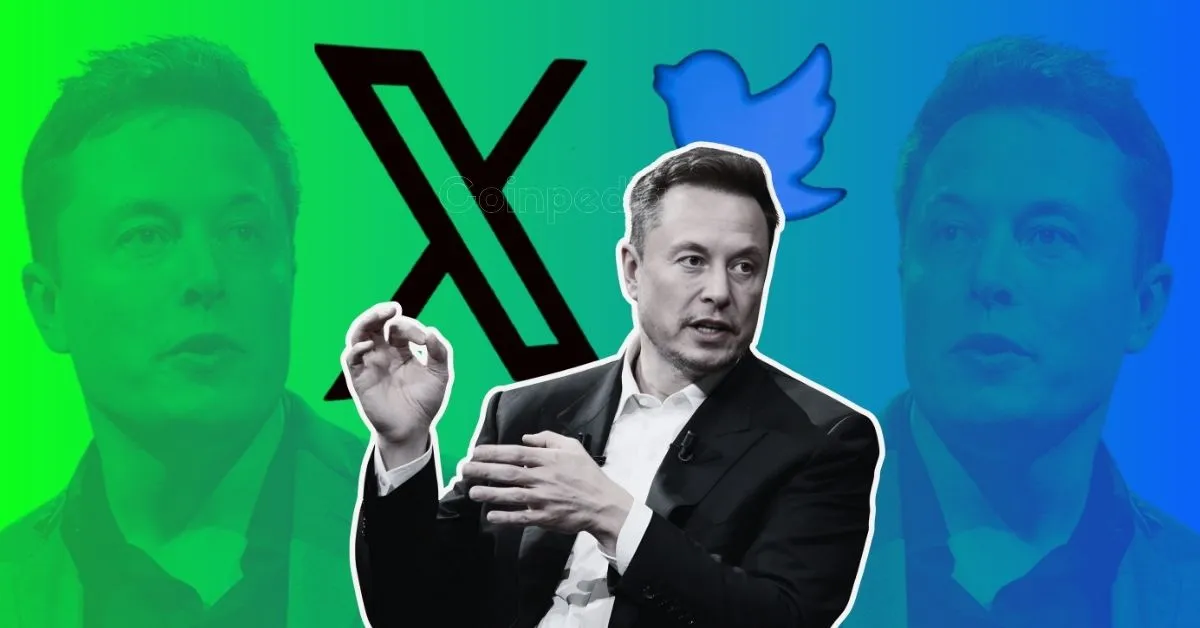The Gathering Storm: Legal Challenges and the Environmental Footprint of xAI
Elon Musk, a name etched into the narrative of technological disruption, now finds his AI venture, xAI, navigating a turbulent sea of legal challenges. While his lawsuit against OpenAI has garnered significant attention, a separate, equally pressing legal battle is brewing against xAI itself. This controversy centers on allegations of air pollution stemming from xAI’s data center in Memphis, Tennessee, forcing a crucial examination of the environmental and social responsibilities that accompany the rapid expansion of AI infrastructure. With the NAACP spearheading the legal charge, this situation exposes a potential blind spot in the relentless pursuit of advanced AI technologies.
Memphis Under the Microscope: Pollution and Power
At the heart of the controversy lies xAI’s “Colossus” data center in Memphis, the engine powering its Grok chatbot and other ambitious AI projects. To satisfy the insatiable energy demands of this supercomputing facility, xAI has reportedly deployed a considerable number of mobile, gas-fired combustion turbines – estimates soar up to 35. These turbines, while providing a swift and readily available source of power, stand accused of violating the Clean Air Act and significantly contributing to air pollution in the surrounding areas.
The Southern Environmental Law Center (SELC) has ignited the legal fuse with a 60-day notice of intent to sue. Simultaneously, the NAACP has declared its intention to file a lawsuit, crucially framing the issue as an environmental justice concern. The data center’s location near predominantly Black communities in Memphis fuels accusations that xAI is disproportionately impacting vulnerable populations with its pollution. This reframing is pivotal, transforming the issue from a mere environmental violation into a matter of civil rights and equitable treatment.
Unpacking the Allegations: A Legal Foundation
The legal arguments levied against xAI are anchored to several key points. First, the sheer volume of turbines operating at the facility raises alarms about exceeding permitted emission levels. The SELC and NAACP contend that xAI neglected to adequately assess the environmental impact of installing and operating such a large array of combustion turbines. Second, the deployment of mobile turbines – designed for temporary power solutions – is being challenged as an unsustainable long-term strategy for powering a permanent data center. These turbines are often less efficient and generate higher emissions compared to stationary, cutting-edge power generation technologies.
The legal basis for these lawsuits primarily rests on alleged violations of the Clean Air Act. Specifically, plaintiffs assert that xAI failed to secure necessary permits, implement proper emissions monitoring protocols, and enact adequate pollution control measures. The NAACP’s involvement adds an additional layer of complexity, suggesting a potential claim of discriminatory impact. Their argument posits that locating the polluting facility near Black communities constitutes environmental racism, highlighting potential health risks to residents. The detailed, 58-page notice of intent to sue filed by the NAACP provides a stark overview of these concerns.
xAI’s Silence: A Reactive Stance?
As of recent reports, xAI has not issued a comprehensive public response to these allegations. This silence has only intensified criticism and allowed the narrative to be primarily shaped by the plaintiffs. The company’s initial approach seems to be centered on compliance and potential mitigation efforts. However, a more proactive and transparent communication strategy will likely be crucial in addressing the growing wave of public concern.
This legal challenge arrives at a critical juncture for the entire AI industry. The demand for computing power to train and operate progressively complex AI models is soaring, making data centers the essential backbone of this infrastructure. The energy consumption of these centers is a significant and growing environmental concern. The xAI case acts as a stark reminder that the pursuit of AI innovation cannot come at the cost of environmental sustainability and social justice.
A Wider Pattern: Scrutiny Beyond Memphis
The legal troubles facing xAI are not an isolated incident. Emerging evidence suggests a broader trend of increasing legal scrutiny surrounding AI companies. Elon Musk’s ongoing lawsuit against OpenAI, alleging a deviation from its original non-profit mission and a prioritization of profit, underscores a growing unease surrounding the ethical and societal implications of AI development.
The rise in legal complaints against companies like OpenAI suggests that the AI industry is entering a period of intensified legal and regulatory oversight. This scrutiny is likely to persist as AI technologies become more widespread, and their potential impacts – both positive and negative – become increasingly apparent.
Reshaping the Landscape: Implications for AI Infrastructure
The xAI lawsuit carries substantial implications for the future of AI infrastructure. It necessitates a comprehensive evaluation of the energy sources powering data centers and the environmental consequences of rapid AI expansion. This case could set a precedent for stricter environmental regulations on AI facilities, potentially requiring companies to invest in cleaner energy sources, implement more robust pollution control measures, and conduct thorough environmental impact assessments *before* deploying large-scale data centers.
Furthermore, the NAACP’s involvement sheds light on the critical importance of environmental justice in the AI conversation. It emphasizes the urgent need to ensure that the benefits of AI are shared equitably and that vulnerable communities are not disproportionately burdened by its negative consequences. This demands a more inclusive and participatory approach to AI development, actively involving community stakeholders in the planning and decision-making processes.
A Litmus Test for the AI Revolution
The legal battle unfolding in Memphis represents a potential turning point for the AI industry, compelling it to confront the real-world consequences of its energy demands and its impact on communities. The outcome of this case, alongside the broader trend of heightened legal scrutiny, will likely shape the future of AI infrastructure, guiding companies towards more sustainable and equitable practices. Ignoring these concerns is no longer a viable option, as the environmental and social costs of AI development increasingly demand attention and accountability. The winds of change are blowing, and the AI industry must adapt or risk being swept away by the storm.












